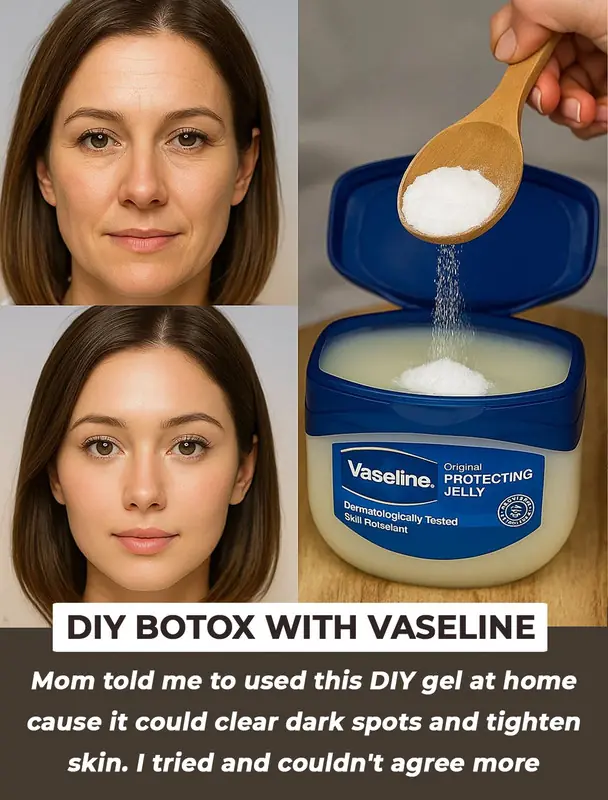
Should You Sleep With Socks On

Slipping on a warm pair of socks before bed might feel like the ultimate comfort—especially during chilly nights. But here’s something that might surprise you: this soothing habit could be doing your skin more harm than good if you're not careful.
While socks may seem harmless, they can actually harbor more bacteria than a toilet seat. And wearing them overnight, especially without the right hygiene practices, can create the ideal environment for irritation, odor, and even infections.
Let’s explore what’s really going on beneath the covers—and how to keep your feet both cozy and clean.
Why Socks Can Become a Breeding Ground for Bacteria
Our feet are among the most sweat-prone parts of the body. Even during sleep, they continue to release moisture—especially when wrapped in layers of fabric. When this sweat gets trapped inside socks, it creates a warm, damp environment that bacteria and fungi thrive in.
But sweat isn’t the only issue. Socks also collect:
-
Dead skin cells that naturally shed from your feet
-
Dust and dirt particles picked up from walking around
-
Bacteria from shoes, floors, or even pets
When these contaminants are sealed in overnight—without air circulation—the skin can’t properly breathe. Over time, this can lead to a number of skin problems, including:
-
Persistent itching or irritation
-
Fungal infections like athlete’s foot
-
Unpleasant and hard-to-eliminate foot odor
-
Skin maceration (softening and breakdown of the skin due to excess moisture)
Fabric Type Matters More Than You Think
Not all socks are created equal. The material they’re made from plays a major role in how much moisture gets trapped—or released.
-
Synthetic fabrics like polyester or nylon tend to trap heat and sweat, creating a humid environment around your feet.
-
Natural fibers like cotton, wool, or bamboo are more breathable, helping wick away moisture and regulate temperature.
That said, even natural fabrics lose their benefits if they’re worn too long without washing or are used repeatedly without proper care.
So… Is It Ever Okay to Sleep in Socks?
Yes, absolutely—but only if you do it right.
For many people, especially those with poor circulation or cold extremities, wearing socks at night can actually improve sleep quality. Studies have even shown that warming the feet before bed may help some people fall asleep faster.
If you’re one of those who can’t sleep without cozy toes, follow these smart tips to keep your feet healthy and happy:
✅ Use a Fresh Pair of Socks Every Night
Wearing yesterday’s socks—no matter how clean they look—reintroduces bacteria and dirt to your skin. Always choose a fresh, clean pair before heading to bed.
✅ Pick Breathable, Natural Materials
Go for socks made from cotton, wool, or bamboo. These materials are breathable and help manage moisture effectively, reducing the risk of fungal or bacterial overgrowth.
✅ Wash Your Feet Before Bed
Just like washing your face, cleaning your feet at night is essential. Use warm water and gentle soap, then dry them thoroughly—especially between the toes. This removes sweat, oils, and bacteria, giving your socks a clean slate.
✅ Launder Socks Properly
To truly sanitize socks, wash them in hot water—at least 60°C (140°F)—to kill bacteria and fungi. Avoid overloading the washing machine so each item gets a proper clean. Adding a disinfectant or vinegar to the wash can also help eliminate lingering microbes.
✅ Avoid Tight Socks
Circulation matters. Choose socks that are snug but not restrictive. Tight socks can impede blood flow, which is particularly risky for people with diabetes or circulatory issues.
Bonus Tip: Consider a Foot Care Routine
If you wear socks to bed regularly, consider adding a basic foot care routine once or twice a week:
-
Exfoliate with a pumice stone or gentle foot scrub to remove dead skin
-
Moisturize with a light, non-greasy lotion before bed (just be sure to let it absorb before putting on socks)
-
Inspect your feet for signs of fungal infections, dryness, or skin changes—especially if you have diabetes or other conditions
Final Thoughts: Choose Comfort, But Don’t Compromise Cleanliness
Wearing socks to bed isn’t inherently bad—in fact, it can be beneficial for sleep and circulation. However, without proper hygiene and fabric choices, this cozy habit can turn into a breeding ground for skin issues.
So if you love the snug, warm feeling of sleeping in socks, go ahead and indulge—just make sure you’re doing it with clean, breathable, and skin-friendly habits.
After all, your feet carry you through life. A little extra care at bedtime can go a long way in keeping them healthy, fresh, and fungus-free.
News in the same category


1 Powerful Mineral to Stop Sciatica & Relieve Nerve Pain

Top 10 Foods to Improve Circulation in Legs and Feet

6 Warning Signs of a Clogged Artery Most People Ignore (Cardiologist Alert)

🦵 If You Suffer from Poor Circulation and Your Legs Feel Heavy, Swollen, or Cold — Here’s What Can Help

Don’t go to sleep without taking this — 1 cup before bed clears excess sugar

The Real Reason To Drink Lemon Water Revealed

If you have high blood pressure, NEVER do this in the morning

This Is What Happens to Your Body 10 Hours After Putting on Nail Polish

1 Tablespoon of This Before Bed—Fall Asleep Faster Than Ever!

Forget Pills! Just 1/4 Tsp of This Under Your Tongue Melts Away Inflammation

Top 8 Kinds of Fish You Should Never Eat

7 "cheap" fruits that are extremely good for people with fatty liver that everyone should know

This type of grass is considered "red ginseng", extremely good for the blood, can prevent strokes, but unfortunately very few people know about it

Scientists shocked: this secret spice fights cancer and repairs your body!

Top 10 Magnesium Rich Foods To Lower Blood Pressure

6 Warning Signs Your Body May Be “Nurturing” Can-cer

🤢 The Real Causes of Constant Phlegm & Mucus in Throat — And How to Find Relief
News Post

DIY Anti-Aging Treatment with Vaseline: The Ultimate Guide for a Youthful, Radiant Complexion

The Woman Who Wouldn’t Let Go: Nicole Graham’s Unbreakable Bond with Her Horse

Born Ready to Shine: The Miracle Journey of Little Lilia

Monkey Instantly Recognizes the Man Who Saved Her—Even Years After Their Last Goodbye.

When an Elephant Trusted a Man: The Quiet Power of Connection.

A Wedding of Love and Courage.

Strength, Tattoos, and Tears of Joy.

The Real McCoys: A Sitcom That Brought Heart to American Homes.

The Last Parade: Tikiri’s Story.

The Man Who Saved the Drowning Bear.

Spots of Joy: The Horse, the Pony, and the Dog Who Became Family.

The $5 Dream: How a Thrift Store Goose Became a Symbol of the American Dream.

Garlic and Rosemary: A Natural Remedy for Joint Pain in Knees, Hips, and Hands

1 Powerful Mineral to Stop Sciatica & Relieve Nerve Pain

70-Pound Female Bear Rescued After Spending 12 Days with Her Head Trapped in a Jar.

The Last Push: A Leatherback’s Fight for Life.

Top 10 Foods to Improve Circulation in Legs and Feet

Students Raise $20,000 to Buy Beloved School Custodian His Dream Car — A Jeep Wrangler.

Man Gets a Face Full of Octopus — and a Lifetime Ban
